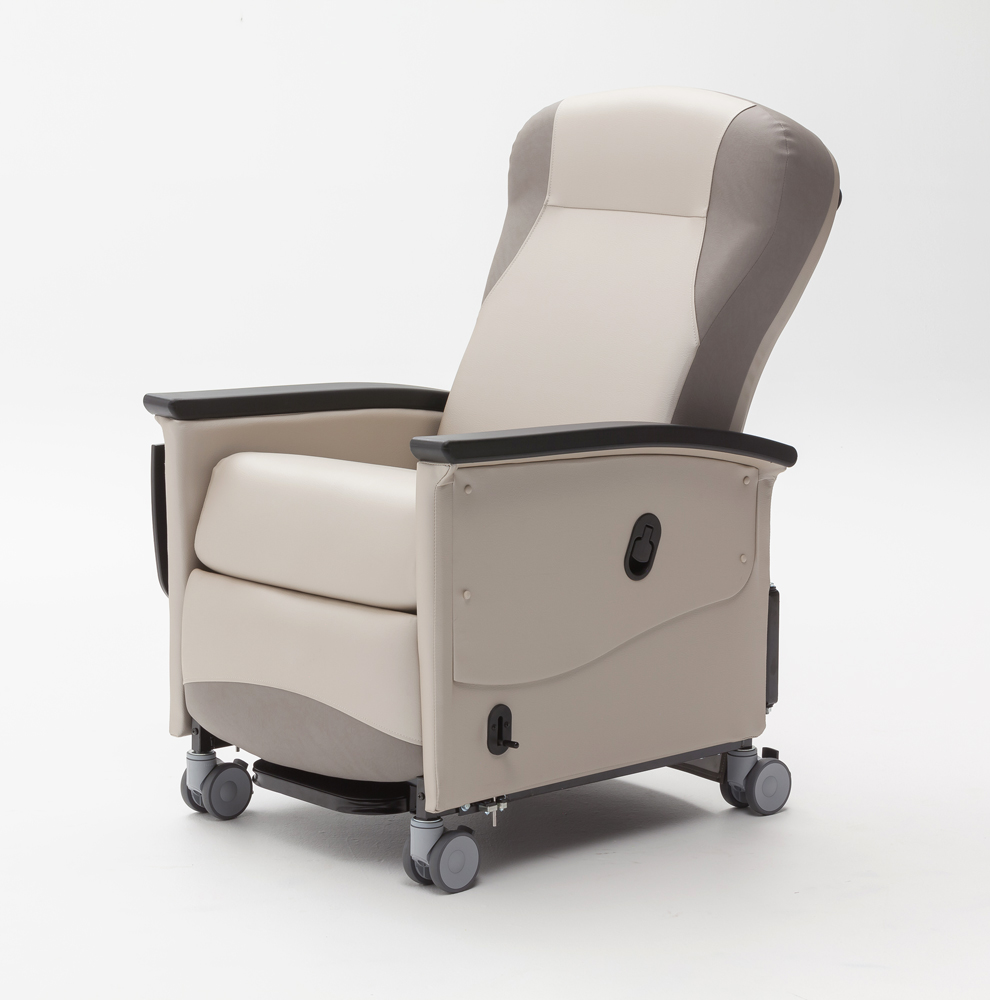In January 2009, the American Nurses Association published Sustained Improvement in Nursing Quality: Hospital Performance on NDNQI Indicators, 2007-2008. In this book, nursing staff from 13 hospitals describe their processes for achieving sustained improvement in quality of care using data from the National Database of Nursing Quality Indicators® (NDNQI®), with an emphasis on improving the nursing work environment.
The book was edited by Nancy Dunton, PhD, and Isis Montalvo, RN, MS, MBA. Dunton is a research professor in the Medical Center’s School of Nursing at the University of Kansas and has been the principal investigator of NDNQI since its inception in 1998. A quality specialist with 22 years of nursing experience, Montalvo is the director of ANA’s National Center for Nursing Quality® and a former NDNQI site coordinator.
Winchester Medical Center (WMC) is a 375-bed tertiary-care regional referral hospital in rural northwestern Virginia. This institution employs 761 bedside nurses and cares for approximately 27,000 inpatients and 213,000 outpatients annually. In 2004, the vice president of nursing (VPN) introduced the concept of shared governance, and the process of changing the way business was conducted throughout the division of nursing began.
Decision-making was moved from a top-down authoritarian approach to a shared decision-making and shared governance model. Senior leadership made it possible for change to occur through leading by example and placing the right leaders in the right places. The WMC model included five housewide councils:
(1) Coordinating Council, (2) Leadership Council, (3) Performance Improvement Council, (4) Practice Council, and (5) Education Council. Each council had representation from direct care nurses across the division of nursing, and each nursing unit created its own unit-based council (UBC). Decisions regarding nursing housewide were made by the housewide councils, while 90% of decisions regarding direct care were made at the UBC level. During this time, nursing leadership was reorganized to create a flat hierarchy. There were 21 nurse directors and no other administrative level between the approximately 750 bedside nurses and 200 non-bedside nurses and the VPN in most units.
In 2005 WMC nurses participated in their first NDNQI RN Satisfaction Survey. The 2005 results revealed that nurses at WMC were moderately satisfied with their jobs. The WMC overall job enjoyment score in 2005 was 45.5. A score of 40 to 60 was considered to be moderate satisfaction, and a score greater than 60 was considered high satisfaction. While a score of 45.5 was not a bad score, it did not reflect the excellent environment envisioned by the nurses. In response, the nursing leaders and staff carefully reviewed results of the RN survey. Action plans were then created and initiatives established based on their insights. By 2006 the average WMC nursing unit job enjoyment score had improved to 50. In 2007, the average score was 49, with some reaching scores in the 60s. While there still is work to be done, it has been gratifying to have seen progress in many of the nursing units.
The following paragraphs provide an exemplar demonstrating how the NDNQI data were used at the unit level to guide interventions for improvement in the work environment and job enjoyment.
The WMC Labor & Delivery Unit (L&D) has shown sustained improvement in nurse job enjoyment. In the 2005 NDNQI RN Satisfaction Survey, the L&D Unit had a poor job enjoyment score (38.68) and an even worse RN-MD interaction score (26.43). The staff was aware and concerned that their relationships with WMC physicians were not conducive to good communication and teamwork. The NDNQI data provided concrete evidence that the majority of the nurses felt the same way and wanted to do something about it.
One underlying problem identified in the literature was the difference between the perceptions of physicians and nurses of the significance of their interactions. The physicians perceived their behaviors to be more respectful of the nurses than the nurses perceived those same behaviors. The study also demonstrated that physicians rated the seriousness of disruptive physician behavior lower than nurses rated it.
There are many reasons why physicians and nurses differed on perceptions of their interactions. These reasons include gender differences, cultural differences, and hierarchy and power in relationships. However, with this understanding, the L&D nurses decided the first step would be to find out what the perceptions were between the two disciplines on L&D and raise awareness with the results. They would start with a survey of the physicians and nurses to determine what they perceived to be the major issues.
The WMC nursing administrators met with the medical director and the medical department chair to discuss the problem and present their plan. The physicians were distressed that the nurses had rated their RN-MD interactions so poorly and were in agreement with the plan for a survey. The survey employed a qualitative method, asking two open-ended questions: (1) What promotes collegial relationships? and (2) What hinders collegial relationships?
The surveys were distributed to 15 physicians and 33 nurses. The response rate was 60% (9) for the physicians and 45% (15) for the nurses. The responses were analyzed for themes and a list was developed of the top 10 most commonly mentioned behaviors for each question. The major themes were communication and respect.
After analysis the nurses met with the physicians to present the results. Each member of the team agreed to make efforts to promote positive behaviors and decrease the hindering behaviors. They also explored other areas that could be improved, with much of the discussion focused on how difficult it is for the nursing staff when there is a lack of standardization in physician practice. The nurses identified evidence that standardization improves outcomes in highly complex organizations such as health care. The physicians agreed that there were many practices that could easily become standardized, and consensus was achieved to proceed in that direction.
Over the next 3 years the unit successfully standardized many practices. By August 2007, the L&D RN-MD interaction scores had increased dramatically from 26.43 to 47.68. The job enjoyment score increased from 38.68 in 2005 to 53.63. The L&D staff and physicians were excited to see the increased scores for RN-MD
interactions, but were not surprised. Members of both disciplines verbalized experiencing a difference in the relationships. There was a significant decrease in the number of complaints made to the director by the staff and physicians about each other. In addition, after standardizing the antibiotic prep and the surgical prep, the C-section infection rate fell from 2.7% in 2006 to zero in 2008. The nurse vacancy rate declined from 2% in 2006 to 0% in 2008.
The driving forces behind increased nursing job enjoyment were changes in leadership style and institution of the shared governance and shared decision-making model. Within the structure of this model, the results of the RN survey were shared with the nursing leadership who, in turn, reviewed the results with their unit-based council members and all other staff. Each unit was able to identify the areas in most need of improvement and worked to develop solutions and interventions.
This text is excerpted from Sustained Improvement in Nursing Quality: Hospital Performance on NDNQI Indicators, 2007-2008. Copyright © 2009 American Nurses Association. All rights reserved. For more information about this book, call 1-800-637-0323 or go to http://www.nursebooks.org. For more information about NDNQI and the National Center for Nursing Quality, go to http://www.nursingworld.org.














